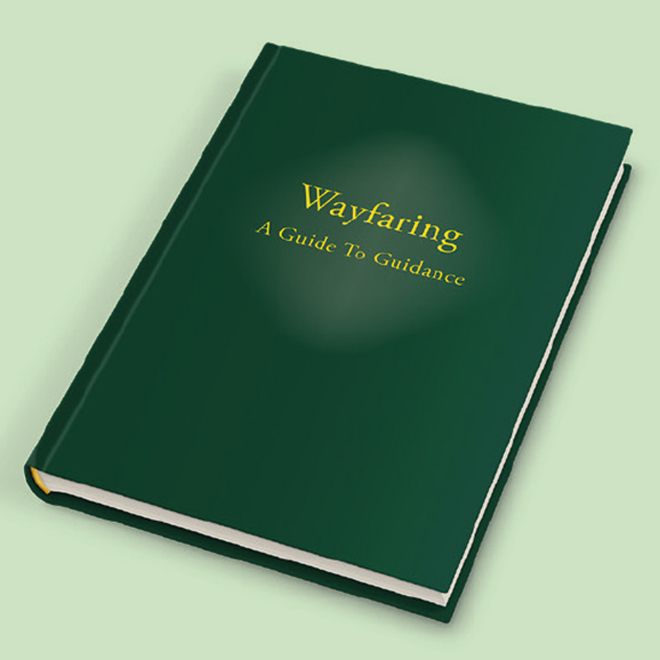Silk wall hanging displayed at Woodheys. Photo: Photo courtesy Laura Daniels.
Peaceful primary schools
Izzy Cartwright is inspired by some new educational initiatives
‘Today is about what’s possible,’ said Anna Lubelska, director of Spiritual England and organiser of the ‘Peaceful Primary Schools’ conference held recently at Friends House, London. The Small Meeting House was packed with about one hundred teachers and educationalists from throughout Britain and across Europe. The conference was a springboard for Spiritual England’s ‘Peaceful Schools’ campaign, which seeks to ‘bring some stillness and peace into children’s lives at a time when concerns about young people’s mental health are escalating, children are bombarded with information, advertising and under all sorts of pressure in our global and media-driven society’.
